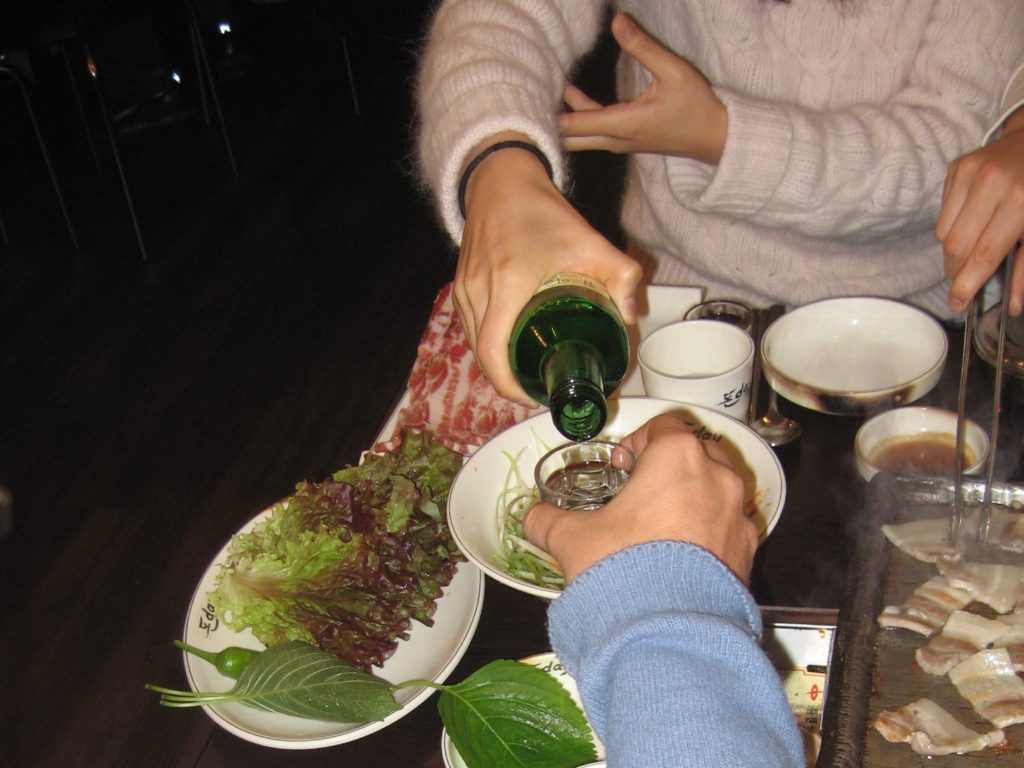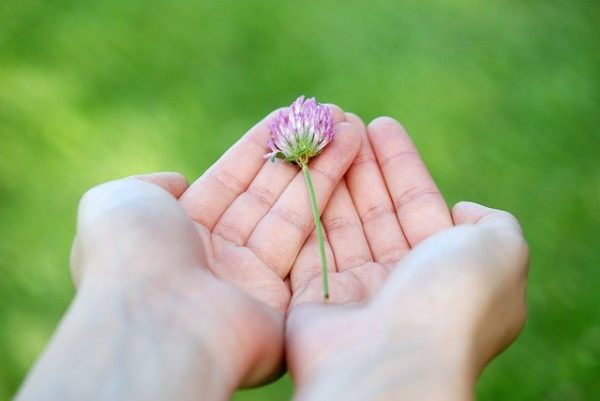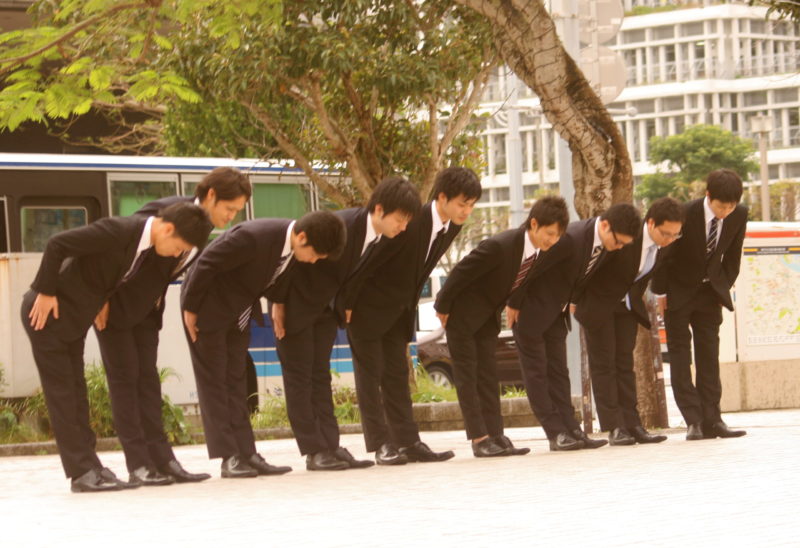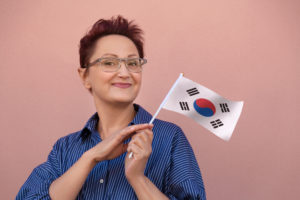Secrets to Korean Etiquette
Korea is well-known for its distinctive culture and traditions. Showing respect is crucial in Korean society. If you want to fit in like a Korean local, then you need to know the most important rules (along with the main do’s and don’t’s) of Korean etiquette. Otherwise, you may slip up and say or do something that stops your conversation dead in its tracks.
Follow these basic Korean etiquette rules to make the best first impression and keep those conversations going. Who knows. You may even make new friends!
Differences Between Western and Korean Etiquette
Korean etiquette is not the same as Western etiquette. For example, it’s not expected to hold open a door for someone. And when someone bumps into you in Korea, don’t expect an apology. While Westerners may consider that rude, it’s part of everyday life in Korea. Koreans have a different value system that guides their rules of etiquette. Mastering Korean etiquette requires that you learn these differences and anticipate them.

Eating Etiquette
Food and dining are important parts of Korean culture. When it comes to eating there are some specific behaviors that are rude in Korean etiquette. It’s frowned upon for adults to eat while walking, so street food is often eaten right where you buy it. And you shouldn’t eat food with your fingers. Instead, always use chopsticks for everything except soup.
When using chopsticks, don’t point with them or leave them sticking out of your bowl. Instead, place the chopsticks on top of your bowl when you’re not using them.
Korean Restaurant Etiquette
Whether you’re in someone’s home or a restaurant, always wait until your host seats you. The seat facing the front door is the seat of honor. If you’re offered that seat, it’s polite to respectfully decline. When it comes to mealtime, the eldest person at the table should always be served first. And always wait until that person begins eating to do the same.
Don’t worry if there’s no conversation during a meal. It’s customary to start socializing only once everyone has finished their meal. And when passing or receiving food, remember to use two hands.
Following the meal, the host will generally pay for everyone. Some places will specifically ask diners not to tip. If this is the case, you should avoid leaving a tip. If the dinner continues with after drinks or a party, don’t refuse an invitation to these events.
Drinking Etiquette
Drinking is a significant cultural behavior in South Korea. It can indicate the status or prove one’s machismo and stamina. When you drink, you should always fill others’ glasses before your own. This is especially true in a formal setting, in which case you’ll want to wait for someone to fill yours. If you don’t want to drink, avoid making excuses. You may seem like you’re judging the morals of those drinking. And when you feel like you’ve had enough to drink, avoid emptying your glass.
Kibun – A Korean State of Mind
Kibun is a fascinating and unique concept in Korean culture and etiquette. There’s no literal translation in English for kibun. It’s best described as pride, face, mood, feelings, or state of mind. You need to take care of kibun to keep harmony.
Learning how to judge someone else’s kibun to avoid offending them is an important skill. They call this ability nunchi. But, you should also always preserve your own kibun. Korean interpersonal relationships operate on the principle of harmony. It’s important to maintain a peaceful and harmonious atmosphere at all times. It’s even okay to tell a white lie if it means you can preserve a harmonious kibun.
Because kibun is so vital to Korean culture, you must learn how to achieve nunchi. You can do this by closely observing the person’s body language, tone of voice, and what they say during the conversation. Once mastered, you’ll be able to float through any conversation and impress your hosts or new friends effortlessly.
Meeting and Greeting People in Korea
Bowing is the traditional way to greet someone in South Korea. And it is often accompanied by a handshake between men. When shaking hands, your left hand should support your right forearm. Korean women may opt for a slight nod instead of a full bow. And they do not shake hands. Just remember: whether you’re a man or a woman, you should always bow when departing.
Interpersonal communication can be complex in South Korea because of an inherent cultural dislike of the word ‘no’. This can sometimes lead to long discussions. When communicating, it is important to maintain good body language and posture and always exhibit patience and politeness. And you can exhibit respect and trust by using a deeper bow at the beginning and end of a conversation or meeting. Just remember to avoid excessive body language.
How to Respect Personal Space in Korea
Touching someone unfamiliar is extremely insulting in Korean etiquette. You should avoid patting strangers on the back or hugging them. Unlike some other cultures, prolonged and direct eye contact is impolite in Korean etiquette. Koreans can easily interpret this as a challenge. And that’s particularly true when speaking to someone of higher social standing.
You should always maintain your own personal space and limit arm movements when speaking to someone. In large cities like Seoul, pushing, shoving, and touching occur regularly. Don’t be surprised or offended by the lack of apology should this happen to you. It’s also common to see friends of both sexes walking together arm in arm, particularly among teenagers.

Do’s and Don’t’s of South Korean Culture
As you can see, there are plenty of rules in Korean etiquette. Here are the most important do’s and don’t’s in Korean etiquette:
Do:
- Meeting Someone: Bow when you meet someone.
- Gift Giving: When you do offer or accept an object, gift, or food, you should do so with two hands whether you are receiving or offering.
- Showing Respect indoors: Take off your shoes and your hat in places of worship or someone’s house. And always remove your hat when indoors.
- Punctuality: Koreans place high importance on time and promptness. They try to make the most of whatever time they have, which can sometimes come across as impatience.
- Importance of Age: You should always show respect for those who are older than you. Actions that show respect are deferring to their opinion, waiting for their input in a conversation, and lowering your gaze.
Don’t:
- Behaving Indoors: Never put your feet on the furniture.
- Obscene Gestures: Placing your thumb between your middle and index finger while making a fist is an obscene gesture in Korean etiquette.
- Avoid Red Ink: It’s a symbol of death and it’s reserved for writing the names of the deceased.
- The Number 4: When possible, avoid using the number four. If giving gifts, do not give four of them. The number four is considered unlucky in Korean culture because of its similarity to the Korean word for “death
Speaking Korean Is the Greatest Compliment
Korean etiquette might sound completely different than what you are used to. What is considered rude in some cultures is very normal in Korea, and vice versa. That’s why it’s important to brush up on your Korean etiquette, so you can glide through social interactions easily while focusing more on speaking Korean fluently.
And if you really want to impress your Korean hosts, then there’s no greater compliment to Korean people than speaking Korean. Even a few words can impress people. (Not to mention how useful speaking a foreign language can be).
For help getting you to fluency faster, you need to check out OptiLingo. This language learning app is convenient and effective. Combining the best language learning methods, you’ll cover the most high-frequency words and phrases to help get you speaking like a local FAST! In just 20 minutes a day, 5 days a week, you’ll experience effortless language learning that will help you fit right in.







